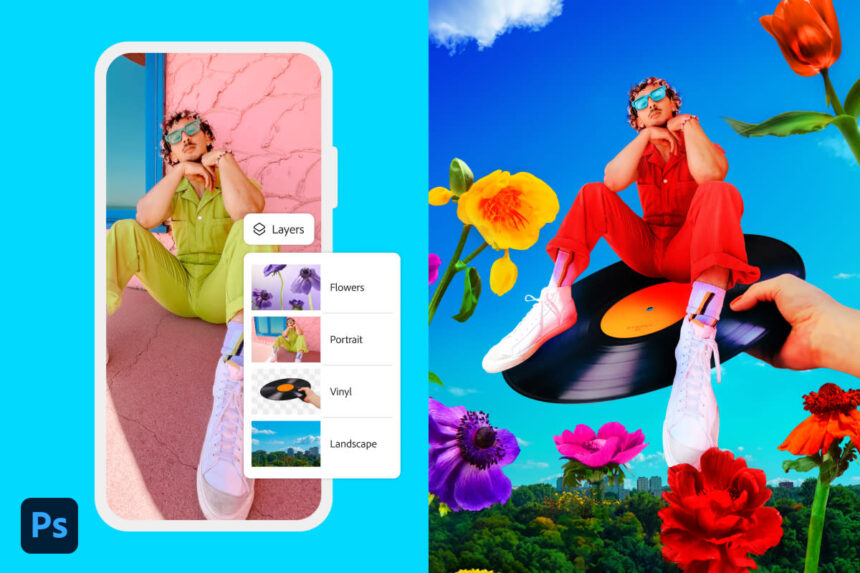Adobe is extending its creative dominance to iPhones with the rollout of its flagship video-editing app, Premiere, to mobile devices. The move marks a significant leap from its previous offering, Premiere Rush, and signals a shift toward professional-grade video production directly on smartphones.
Until now, Adobe’s mobile video ecosystem has relied heavily on Premiere Rush, a simplified tool built for quick cuts and social-friendly edits. Rush provided accessibility but lacked the depth professional creators craved.
Premiere on iPhone changes that equation, bringing a multi-track editing timeline, support for unlimited layers of video, audio, and text, as well as 4K HDR support and automatic captioning. These upgrades push the boundaries of what creators can achieve on their mobile devices.
For content creators—from TikTok storytellers to independent filmmakers—the ability to carry desktop-level video editing tools in a pocket is a game-changer.
Users will be able to shoot, edit, layer, and publish directly from their iPhones without requiring a laptop or desktop suite. The workflow is seamless, allowing projects started on a phone to sync with Adobe Premiere Pro on desktop for further refinement.
The Freemium Edge
Premiere for iPhone is free to download and offers a range of editing features out of the box. However, Adobe is positioning advanced services behind subscriptions. Paid options unlock cloud storage and AI-enhanced features powered by the company’s Firefly generative AI platform.
This freemium model reflects Adobe’s broader strategy: open the door for mass adoption while monetizing through premium tools for professionals who demand more.
This launch is not just about new software—it reshapes the digital economy. In regions like Africa, where mobile is the primary access point for the internet, Adobe’s move could democratize professional video production. Creators without access to costly desktop rigs may now participate more fully in the global creator economy.
At the same time, challenges remain. Data costs, device storage, and subscription fees may create barriers in emerging markets. What looks like accessibility could still reinforce inequalities between those with top-tier devices and those with limited resources.
Why it Matters
Adobe’s decision is also a defensive strategy. The mobile editing market has become increasingly competitive, with native apps and AI-powered editing platforms gaining traction. By moving Premiere to iPhones, Adobe aims to keep creators locked within its ecosystem rather than losing them to smaller, agile competitors.
The arrival of Premiere on iPhones forces a larger reflection: what does “creative access” really mean? Professional tools may now fit in a pocket, but the ability to fully leverage them will still depend on hardware, connectivity, and financial means.
As the mobile-first creator era accelerates, Adobe’s bold step raises a key question: is this the true democratization of video editing, or another evolution that widens the digital divide?
Talking Points
Dropping Premiere into iPhones doesn’t solve Africa’s fundamental digital hurdles—expensive data, patchy internet, and low access to high-end smartphones. If these aren’t addressed, Adobe’s “creator revolution” risks becoming another shiny toy for elites rather than a true equalizer.
The freemium strategy sounds like a gift—free downloads for all. But the real power is behind a paywall. AI features, cloud storage, and advanced layers cost money. In emerging economies, this looks less like democratization and more like gatekeeping disguised as inclusivity.
Here’s the real kicker: if African startups don’t seize this moment, Adobe will dominate our creative economy. Local innovators could build leaner, cheaper, data-friendly editing apps tailored for our context. But will investors back them? Or will we simply import Silicon Valley’s tools and accept the digital divide as inevitable?





